India Pale Ale stands as one of the most popular beer styles in today’s craft brewing world, captivating beer enthusiasts with its bold hop character and fascinating history. From the British Empire’s colonial trade routes to modern craft breweries, beer India Pale Ale has evolved into a style that defines hoppy excellence and represents the pinnacle of hop-forward brewing.
Whether you’re new to craft beer or a seasoned ale enthusiast, understanding IPA opens doors to a universe of flavors ranging from citrusy and tropical to piney and floral. This comprehensive guide explores everything from IPA’s colonial origins to modern brewing techniques, helping you navigate the diverse world of India Pale Ale with confidence.
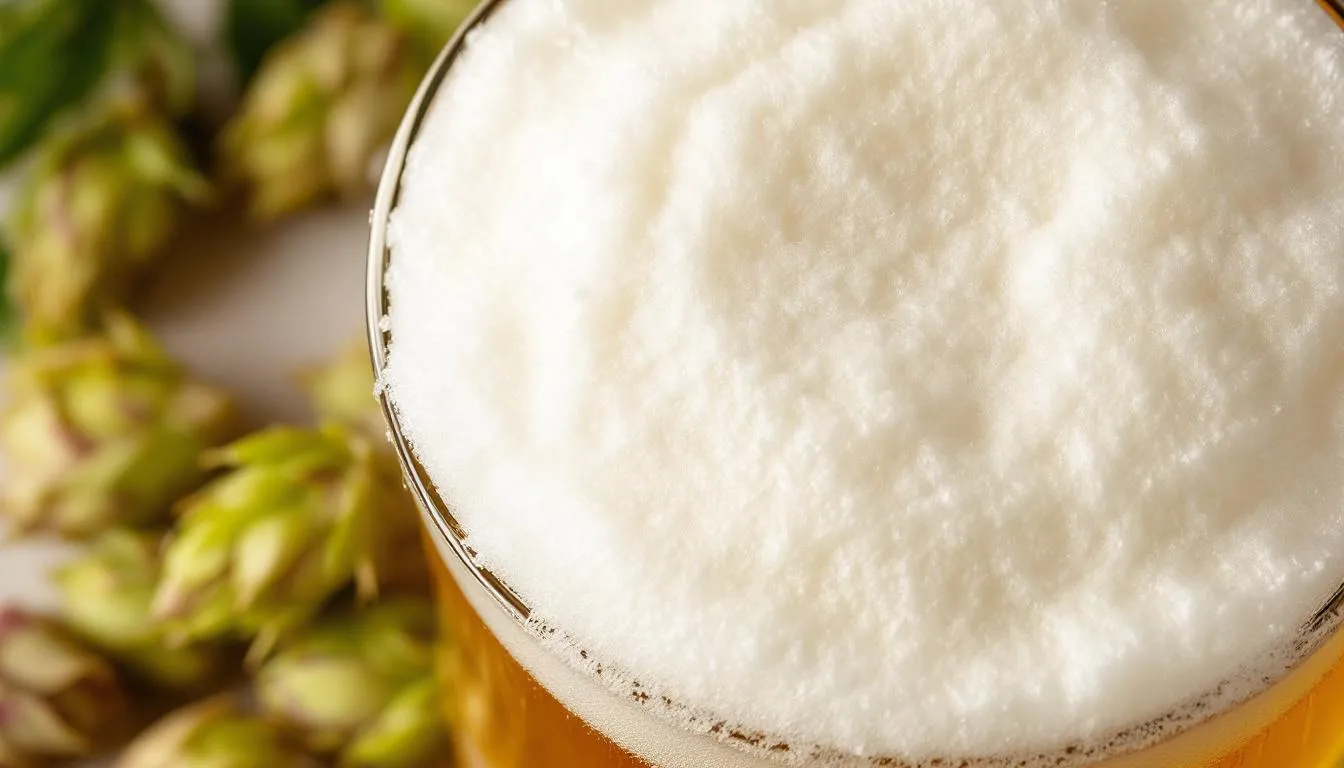
What is India Pale Ale Beer?
India Pale Ale, commonly known as IPA, is a hop-forward beer style characterized by intense hop flavors, higher alcohol content, and distinctive bitterness that sets it apart from other ales. Originally brewed in 1780s England for export to British India, this strongly hopped pale ale required extra hops and alcohol as natural preservatives during the grueling 6-month sea voyages across the Indian Ocean.
The beer features a pale malt base that gives it a distinctive golden to amber color, with alcohol content typically ranging from 4.5% to 7% ABV, though some modern variations push even higher. What distinguishes IPA from regular pale ales is its more aggressive hop character, stronger bitterness, and pronounced floral, citrus, or pine aromas that hit your senses before you even take a sip.
IPA beer showcases the artistry of hop cultivation and brewing expertise. The style emphasizes the complex flavors that hops can contribute beyond simple bitterness – from grapefruit and orange peel notes to tropical fruit flavors like mango and passion fruit. This hop-forward approach has made ipa beers the flagship style for countless craft brewers seeking to demonstrate their brewing prowess.
Modern IPAs maintain this hop-centric philosophy while embracing innovations in hop varieties and brewing techniques. Today’s india pale ale can range from crystal-clear West Coast styles with aggressive bitterness to hazy New England IPAs with juicy tropical flavors and a surprisingly smooth finish that appeals to a broader range of beer drinkers.
Historical Origins and Development
The fascinating history of India Pale Ale begins in the 1780s when British brewers faced a unique challenge: how to supply quality beer to British troops and colonists stationed in India. The long sea voyage and India’s hot climate made traditional English ales unsuitable for export, as they would spoil long before reaching their destination.
George Hodgson’s Bow Brewery emerged as a key player in solving this problem. Located strategically near the East India Company docks, Hodgson’s brewery began producing a highly hopped pale ale specifically designed for the Indian market. The extra hops and higher alcohol content served as natural preservatives, allowing the beer to survive long voyages while actually improving in character during the journey.
By the 1830s, newspapers were referencing “East India Pale Ale,” and the style had gained popularity both in India and back home in England. The East India Company’s trade routes facilitated the spread of this beer style, making it an integral part of the British Empire’s colonial infrastructure.
However, the advent of refrigeration in the early 1900s dramatically changed the beer landscape. As preservation became less critical and lighter lagers gained popularity, traditional English IPAs declined significantly. The style that had once been essential for colonial trade became nearly extinct by the mid-20th century.
The 1970s and 1980s marked a revolutionary period for IPA through the American craft beer movement. Pioneering craft brewers discovered historical references to the style and began experimenting with new American hop varieties that offered dramatically different flavor profiles than traditional English hops. Sierra Nevada’s Pale Ale, introduced in 1980, helped establish the foundation for modern American IPA by showcasing Cascade hops’ citrusy character.
This craft beer revival transformed IPA from a historical curiosity into the most popular beer style among craft beer enthusiasts. American brewers embraced the hop-forward philosophy while pushing boundaries with innovative brewing techniques and exotic hop varieties from around the world.
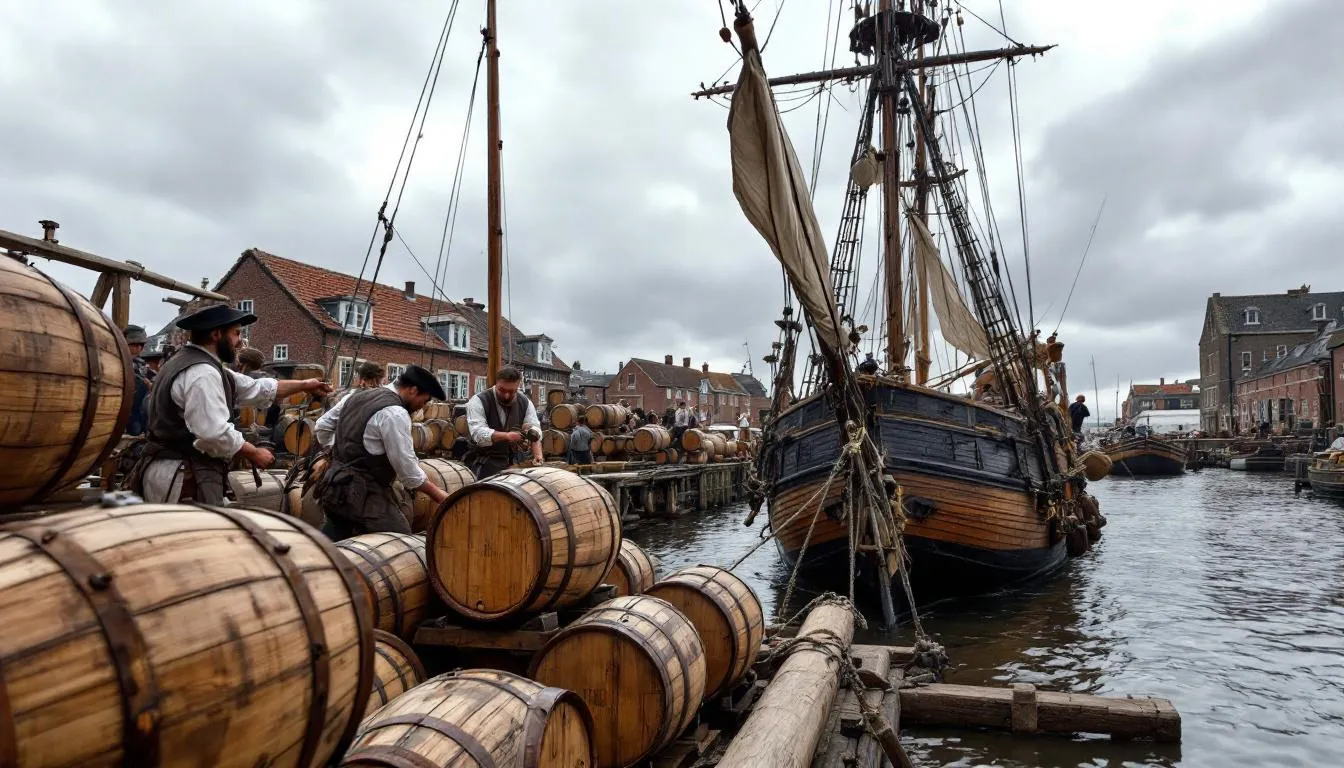
IPA Flavor Profile and Characteristics
The flavor profile of India Pale Ale revolves around the complex interplay between hop character and malt backbone, creating a beer that delivers both intensity and balance. Dominant hop flavors typically include citrus notes like grapefruit and orange peel, tropical fruits such as mango and passion fruit, pine and resinous characteristics, and floral aromatics that can range from subtle to pronounced.
Bitterness levels in IPA are measured in IBUs (International Bitterness Units), typically ranging from 40-100+ compared to just 15-30 for standard lagers. This elevated bitterness provides the signature bite that IPA enthusiasts crave, though modern brewing techniques have learned to balance intensity with drinkability.
The malt backbone plays a crucial supporting role, providing caramel sweetness to balance hop intensity. Crystal malts and pale malts are most commonly used, contributing honey-like sweetness, biscuit flavors, and the beer’s characteristic golden to amber appearance. This malt foundation prevents the hop character from becoming overwhelmingly bitter while adding depth and complexity to each sip.
‘IPA’‘s appearance ranges from golden yellow to deep amber, often featuring a persistent white foam head created by high carbonation levels. The visual appeal of a properly poured IPA – with its bright color and substantial head retention – signals the robust flavors waiting within.
Aroma represents perhaps IPA’s most distinctive characteristic. The hop-forward nature means that citrusy, tropical, or piney scents should dominate before you taste the beer. These aromas result from both kettle additions during brewing and dry hopping techniques that preserve volatile hop oils responsible for the most appealing scent compounds.
Modern IPA brewing has expanded the flavor possibilities dramatically. Brewers now work with hop varieties that contribute flavours ranging from tropical fruit and citrus to herbal and spicy notes. Some hops like Nelson Sauvin from New Zealand provide wine-like characteristics, while others deliver coconut, vanilla, or even garlic notes that challenge traditional flavor expectations.
Popular IPA Styles and Variations
The world of IPA has exploded into numerous substyles, each offering distinct characteristics that appeal to different taste preferences. Understanding these variations helps beer enthusiasts navigate the diverse landscape of ipa beers available today.
American IPA Styles
West Coast IPA represents the classic American interpretation that defined modern craft brewing. These west coast ipas feature crystal-clear appearance with aggressive hop bitterness, prominent citrus and pine flavors, and a crisp dry finish that leaves your palate craving another sip. The style typically showcases American hop varieties like Cascade, Centennial, and Columbus, delivering the resinous pine and grapefruit character that became synonymous with American craft beer.
New England IPA, also known as Hazy IPA, revolutionized the style with its cloudy appearance created by oats and wheat additions. These new england ipas emphasize juicy tropical flavors over bitterness, offering a creamy mouthfeel that makes them surprisingly approachable for IPA newcomers. The hazy appearance comes from suspended proteins and hop particles that create the signature turbid look while contributing to the beer’s smooth texture.
Session IPA addresses the desire for IPA character in a lower-alcohol package, typically ranging from 3-5% ABV while maintaining hop intensity. These beers allow for extended drinking sessions without the higher alcohol content affecting your enjoyment or ability to appreciate the nuanced hop flavors.
Double IPA or Imperial IPA pushes the boundaries with higher alcohol content (7-12% ABV) and intense hop flavors. The fuller body requires more malt to balance the extreme hoppiness, creating complex beers that reward careful sipping and contemplation. Imperial ipas represent the ultimate expression of hop-forward brewing.
International IPA Variations
English IPA maintains connection to the style’s traditional roots, featuring earthy and floral hops with balanced malt character and moderate alcohol around 5-6% ABV. English ipas showcase traditional hop varieties that provide more subtle, herbal characteristics compared to their American counterparts.
Belgian IPA combines hop-forward character with distinctive Belgian yeast strains that produce spicy and fruity esters alongside higher carbonation levels. This fusion creates unique flavor profiles that merge IPA’s hop intensity with Belgium’s renowned brewing tradition.
Black IPA incorporates dark malts that create coffee and chocolate notes while maintaining citrusy hop character and medium body. These beers challenge preconceptions about how dark and light flavors can coexist in a single glass. For an example of another beer with a unique malt profile, check out the Red Kite Ale from Black Isle Brewing Company.
White IPA builds on Belgian witbier foundations with wheat-based recipes that include coriander and orange peel, combining traditional belgian witbier spices with American hop varieties for a refreshing twist on both styles.
Milkshake IPA represents one of the newest innovations, incorporating lactose for sweetness and often fruit additions that create dessert-like flavors. These beers blur the lines between traditional brewing and culinary creativity.
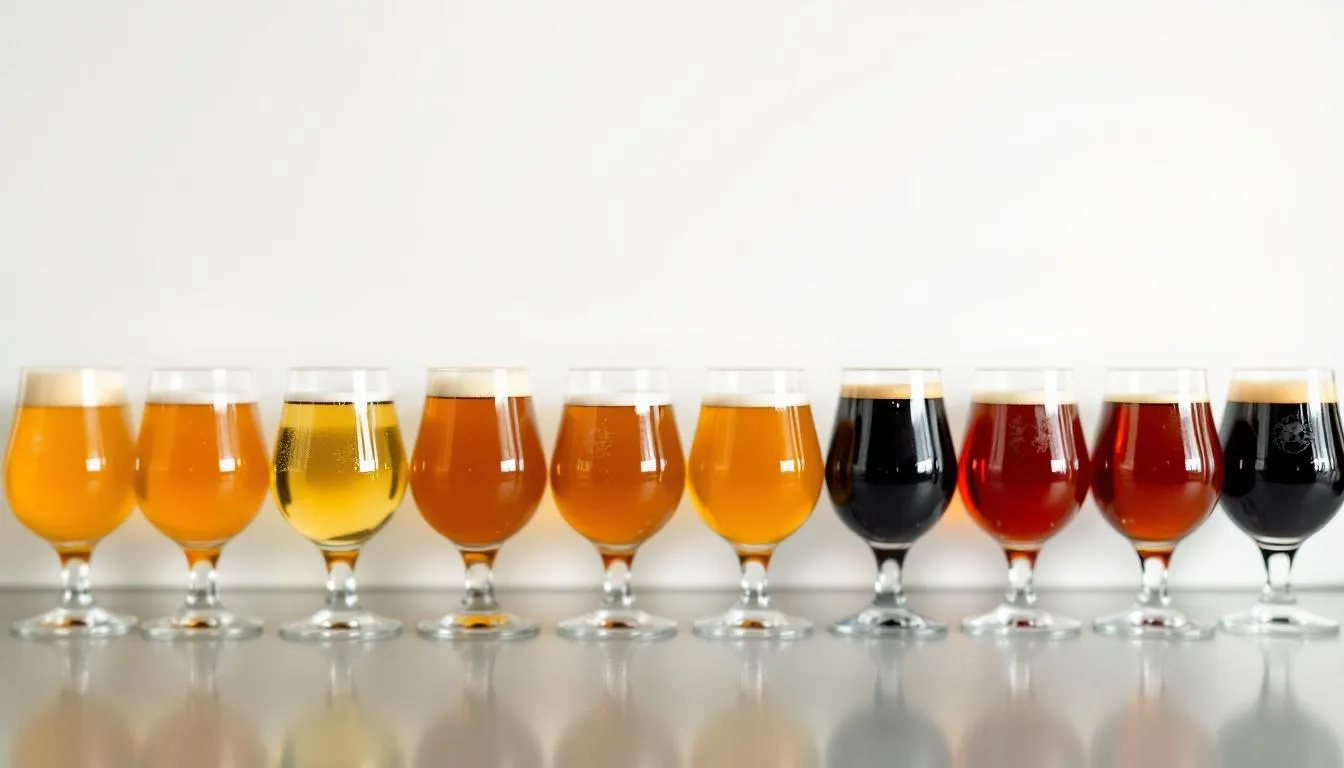
Brewing Process and Hop Techniques
The brewing of India Pale Ale requires careful attention to hop timing and technique to achieve the complex flavor profiles that define the style. Kettle hopping during the boiling process extracts bitterness, with early additions contributing more bitterness while later additions preserve more delicate hop flavors and aromatics.
The timing of hop additions dramatically affects the final product. Hops added early in the 60-90 minute boil provide the foundational bitterness that balances the malt sweetness. Mid-boil additions contribute flavor compounds, while late kettle additions and whirlpool hops preserve the volatile oils responsible for IPA’s signature aromas.
Dry hopping represents perhaps the most critical technique for modern IPA production. This process involves adding hops during or after fermentation, when no heat is present to drive off the delicate aromatic compounds. Dry hopping contributes intense hop aroma without additional bitterness, allowing brewers to create intensely aromatic beers that remain balanced and drinkable.
Popular hop varieties have become calling cards for different IPA styles. Cascade hops provide classic American citrus and floral notes, while Centennial offers more intense grapefruit character. Chinook contributes spicy pine notes, while newer varieties like Citra and Mosaic deliver tropical fruit flavors that define modern hazy IPAs. Columbus hops bring aggressive pine and resinous character perfect for west coast ipa styles.
Modern brewing innovations continue pushing boundaries. Hop bursting involves massive late-kettle hop additions for maximum flavor and aroma. Whirlpool additions extract hop character at lower temperatures that preserve delicate compounds. Double dry hopping adds hops at multiple points during fermentation for even more intense aromatics.
Craft brewers also experiment with hop processing techniques. Cryo hops concentrate lupulin glands for intensified flavor, while hop extracts provide consistent bitterness without plant matter. These innovations allow brewers to achieve previously impossible hop intensity levels while maintaining beer clarity and stability.
IPA vs Other Beer Styles
Understanding how IPA compares to other beer styles helps appreciate what makes this category unique and guides beer selection based on personal preferences. The differences extend beyond simple hop intensity to encompass fundamental brewing approaches and flavor philosophies.
IPA vs Pale Ale represents the most common comparison question. While IPA evolved from pale ale traditions, modern examples feature higher hop intensity, stronger bitterness, and typically higher alcohol content. Pale ales tend toward more balanced hop and malt flavor profiles, making them gateway beers for those transitioning to hop-forward styles. IPAs push the hop character further forward, often featuring more aggressive bitterness and pronounced floral, citrus, or pine aromas.
IPA vs Lager showcases fundamental fermentation differences. IPAs use ale fermentation with top-fermenting yeast at warmer temperatures, while lagers employ bottom-fermenting yeast in cooler conditions. This creates distinctly different flavor profiles, with ales typically offering more complex fruity and estery notes compared to lagers’ clean, crisp character. The alcohol comparison shows IPA’s 5-7% ABV range compared to 4-5% for most lagers.
IPA vs Porter and Stout contrasts light-colored pale malts with dark roasted malts, creating hop-forward versus malt-forward flavor profiles. While porters and stouts emphasize chocolate, coffee, and roasted characteristics, IPAs celebrate hop diversity and bright flavors. Some black IPAs attempt to bridge this gap, combining roasted malt character with hop intensity.
The fermentation temperature differences significantly impact flavor development. Ales ferment at warmer temperatures that encourage yeast to produce flavor compounds like esters and phenols, contributing to IPA’s complexity. Lagers ferment cooler and slower, creating cleaner flavor profiles that emphasize malt and hop character without yeast interference.
Regular beer comparisons often center on accessibility and approachability. IPAs generally require more developed palates to appreciate their intensity, while lighter beers offer easier entry points for new beer drinkers. However, modern session ipas and hazy varieties have made the style more approachable without sacrificing character.
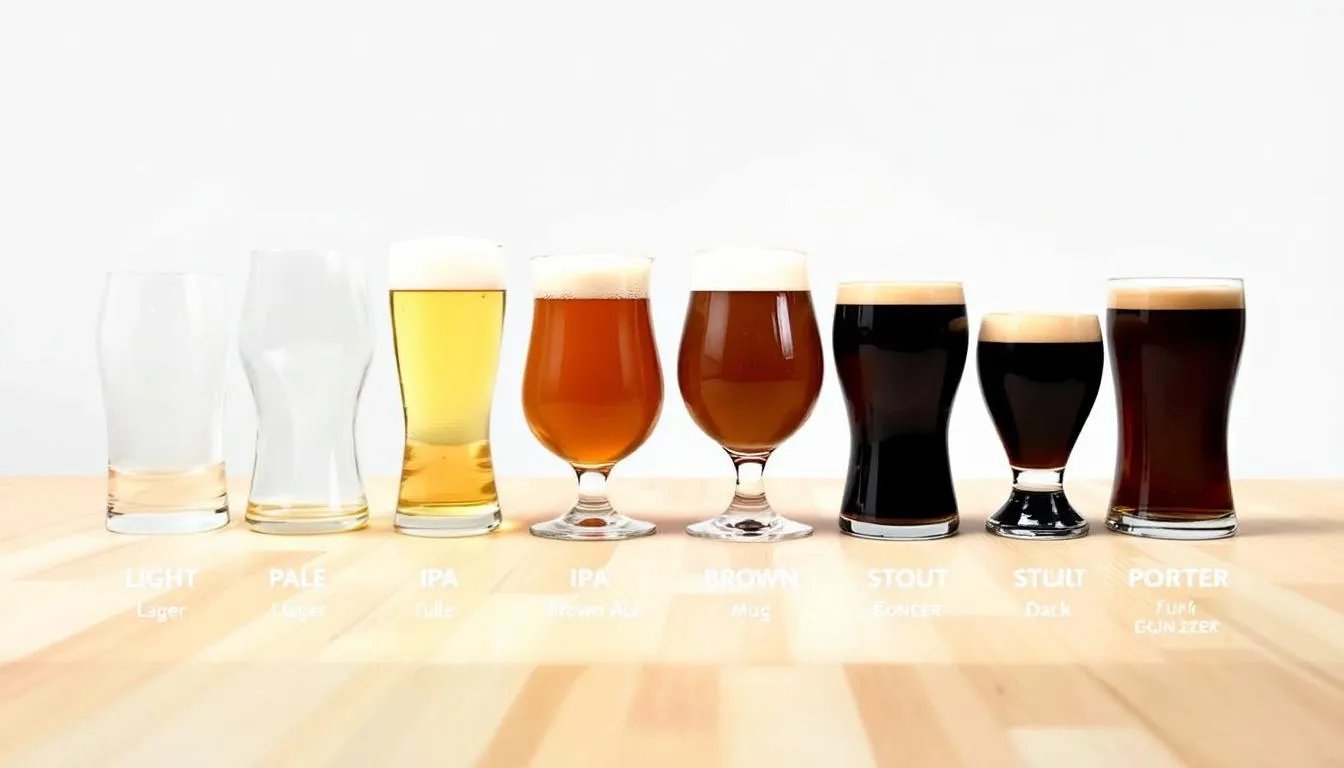
Best Food Pairings with IPA Beer
The bold hop character and higher alcohol content of India Pale Ale make it exceptionally versatile for food pairing, with the bitterness cutting through rich foods while complementing spicy and flavorful dishes. Understanding these pairing principles enhances both the beer and food experience.
Spicy foods represent natural partners for IPA beer. Indian curry dishes, Mexican cuisine with jalapeños and chipotle, and Thai food with bird’s eye chilies all benefit from hop bitterness that complements rather than competes with heat. The hop oils in IPA can actually help cleanse the palate between bites of spicy food, while the beer’s carbonation provides cooling relief.
Rich, fatty foods find perfect balance with hop-forward ales. Grilled burgers with multiple toppings, BBQ ribs with heavy sauce, and aged cheeses like sharp cheddar or blue cheese benefit from hops that cut through richness and cleanse the palate. The malt backbone in IPA provides enough body to stand up to these substantial dishes without being overwhelmed.
Sharp and tangy flavors create harmonious pairings with IPA’s intense character. Blue cheese and other pungent cheeses, citrus-based dishes like ceviche or lemon herb chicken, and herb-crusted meats with rosemary or thyme match the beer’s bold flavor intensity. These pairings work on the principle of matching intensity rather than contrasting flavors.
Dessert pairings might seem unusual, but certain sweets complement IPA beautifully. Carrot cake with cream cheese frosting balances sweetness against hop bitterness, while citrus tarts echo the beer’s bright hop character. Dark chocolate desserts, particularly those with orange or coffee notes, create sophisticated pairings that highlight both components.
Grilled and smoked foods develop caramelized flavors that pair excellently with IPA’s malt character while the hop bitterness cuts through smoke and fat. Grilled salmon, smoked brisket, and even grilled vegetables benefit from this interplay of flavors.
Consider the specific IPA style when selecting food pairings. West coast ipas with aggressive bitterness handle spicier and richer foods, while new england ipas with their juicy character pair better with lighter fare and seafood. Session ipas work well with casual foods like pizza and sandwiches, while double ipas require more substantial dishes to match their intensity.
Serving and Storage Tips
Proper serving and storage techniques maximize IPA’s hop character and ensure optimal flavor delivery. Temperature, glassware, and storage conditions all significantly impact the beer’s performance and your enjoyment.
The optimal serving temperature for IPA ranges between 45-50°F (7-10°C), which highlights hop aromatics without masking subtle flavors. Serving too cold mutes the complex hop character, while serving too warm emphasizes alcohol and can make the beer taste unbalanced. Remove IPA from refrigeration 5-10 minutes before serving to reach ideal temperature.
Appropriate glassware concentrates hop aromas and enhances the drinking experience. Tulip glasses with their inward-curving rim trap aromatics near your nose, while traditional pint glasses provide wide openings that showcase hop character. Specialized IPA glasses with laser-etched bottoms create continuous nucleation that maintains head retention and releases aromatics with each sip.
Storage recommendations focus on preserving hop character, which degrades faster than other beer components. Refrigeration at 38-40°F slows hop degradation significantly compared to room temperature storage. Store bottles and cans upright to minimize oxidation contact area, and consume within 3-6 months for peak hop character, though many IPAs taste best within 30-60 days of packaging.
Draft versus packaged considerations affect both flavor and freshness. Draft beer often tastes fresher due to lower oxygen exposure and faster turnover, but requires proper line cleaning and temperature control. Cans provide the best protection from light and oxidation compared to bottles, making them ideal for hop-forward beers. Brown bottles offer better light protection than clear or green glass.
Light exposure particularly damages hop character, creating skunky off-flavors that ruin the beer’s intended profile. Store beer in dark places and avoid prolonged light exposure, especially direct sunlight or fluorescent lighting.
The carbonation level affects both mouthfeel and aroma release. Proper carbonation should create a substantial foam head that releases hop aromatics while providing the appropriate mouthfeel. Over-carbonation can make the beer seem harsh, while under-carbonation mutes flavors and creates flat texture.
When pouring IPA, use a clean glass rinsed with cold water to remove soap residue that kills head retention. Pour at a 45-degree angle initially, then straighten the glass to create a proper foam head that showcases the beer’s appearance and concentrates aromatics for maximum impact.
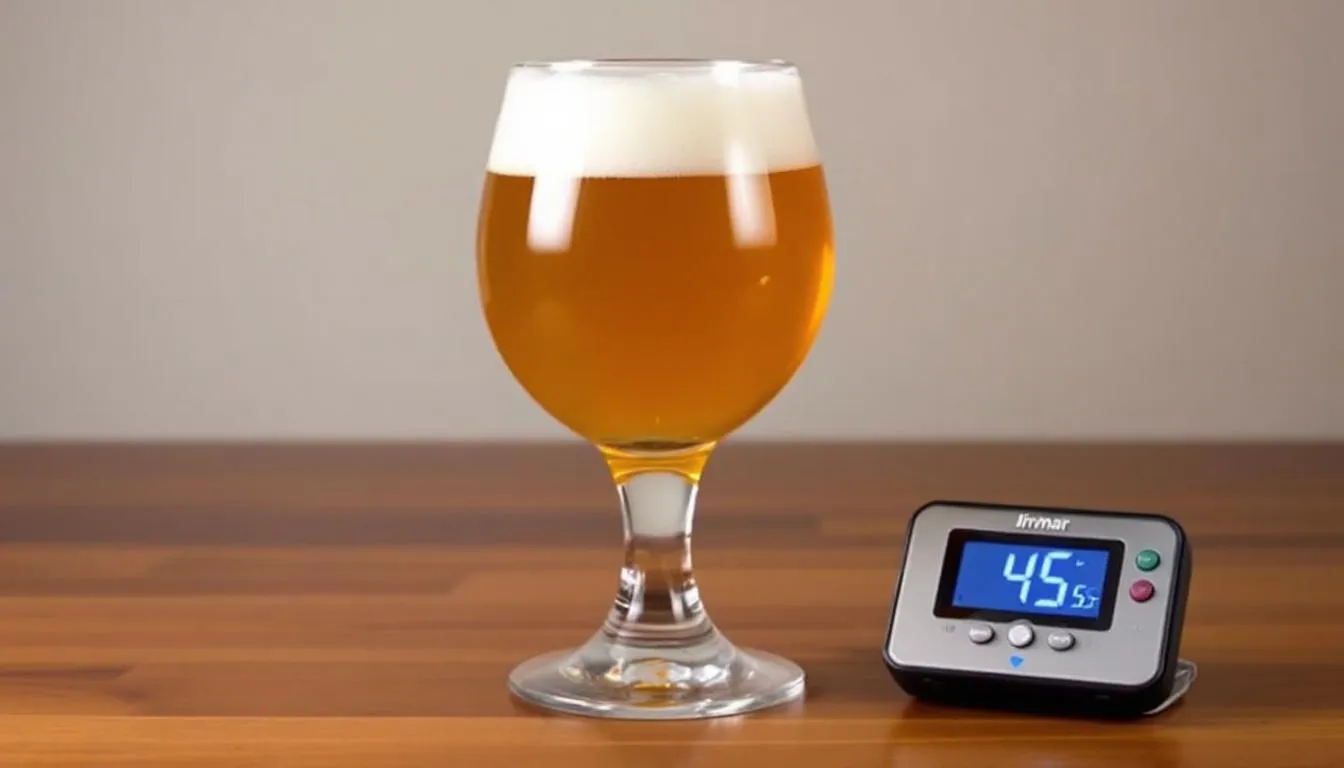
Conclusion
Beer India Pale Ale has completed a remarkable journey from colonial necessity to craft beer cornerstone, evolving from a practical solution for long voyages to the most popular beer style among craft beer enthusiasts. The style’s emphasis on hop character, balanced by carefully selected malts and innovative brewing techniques, continues to push brewing boundaries while honoring its historical roots.
Today’s diverse IPA landscape offers something for every palate, from approachable session ipas perfect for newcomers to intensely hoppy double ipas that challenge experienced beer drinkers. Whether you prefer the crystal-clear bitterness of west coast styles or the juicy tropical flavors of new england varieties, the world of India Pale Ale rewards exploration and experimentation.
As craft brewers continue innovating with new hop varieties, brewing techniques, and flavor combinations, IPA remains at the forefront of brewing creativity. The style that once solved a practical shipping problem now represents the pinnacle of hop-forward brewing artistry, proving that sometimes the best innovations come from necessity transformed into passion.
Start your IPA journey with approachable styles like hazy IPAs or session varieties, then gradually explore more intense options as your palate develops. Remember that the best IPA is the one you enjoy most – whether that’s a historically-inspired English-style ale or a cutting-edge experimental brew that pushes flavor boundaries into uncharted territory.

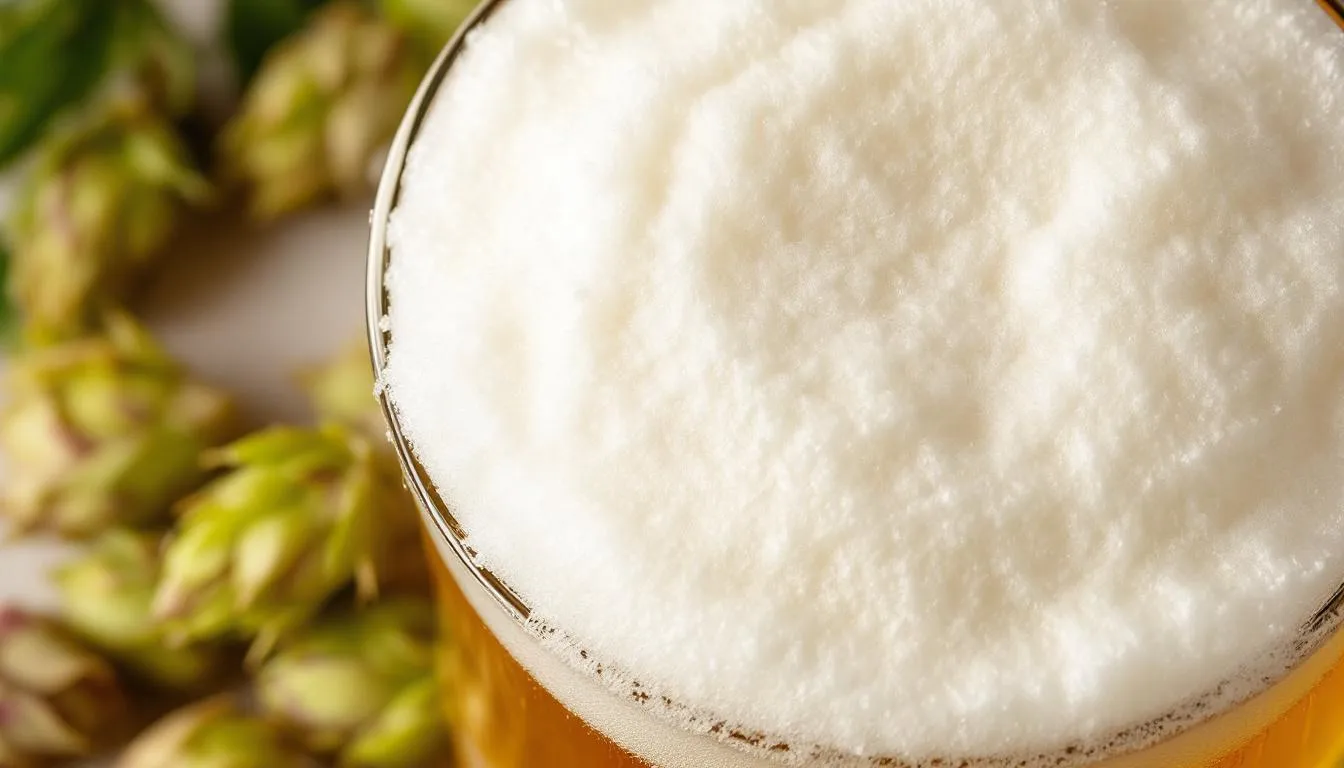
Leave a Reply